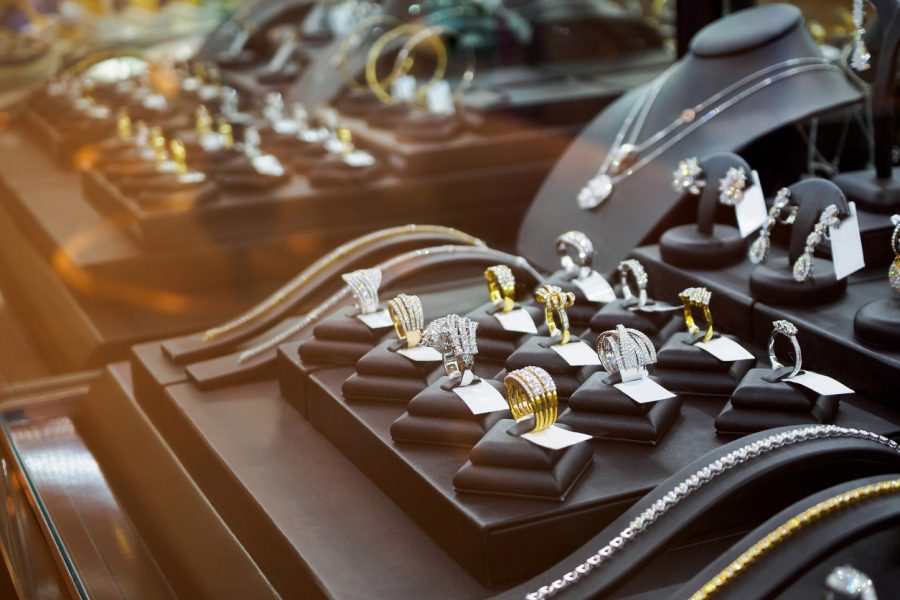
Budget 2023: Surat's diamond traders are not happy with tech push

On February 2, Finance Minister Nirmala Sitharaman announced research and development grant for Lab Grown Diamond (LGD) to one of the IITs in the Union Budget. The import duty of 5 per cent on LGD seeds was also scrapped while the duty on silver dore was increased to bring it at par with gold and platinum.
Even as the traders dealing in LGD rejoiced at the incentives doled out to them, diamond traders dealing in natural diamonds were disappointed with the Budget. Traders of the Surat diamond industry said the LGD sector makes only 10 per cent of the entire industry.
Also read: Budget: Gujarat industry seeks cold storage parks, PLI scheme for diamond
Expressing that their demands were ignored by Sitharaman, Saiyam Mehta, chairman of All India Gem and Jewellery Council said, “The Union Budget has completely ignored other sectors of the industry while granting funds for the LGD sector.”
“The announcement comes despite the fact that the export of cut and polished LGD increased between April to December 2022 but that of cut and polished natural diamonds plummeted during the same period,” Mehta said.
Surat’s diamond market
In January this year, Vijay Mangukiya, chairman, Gujarat, Gems and Jewellery Export Promotion Council (GJEPC) and Dinesh Navadia, director, Indian Diamond Institute met Union ministers Mansukh Mandaviya, Purushottam Rupala and Darshana Jardosh to put forth their demands ahead of the Union Budget. The trio, representing the industry, had requested to get rid of the two per cent equalisation levy on rough diamonds procured through online auctions, reduce import duty on cut and polished diamonds from 5 per cent to 2.5 percent along with reduction in import duties of precious metals such as gold, platinum and silver.
Also read: Budget 2023-24: Comprehensive list of new schemes
Noticeably, amongst and odd 4,000 cutting and polishing units in Surat, around 40 companies import seeds to grow LGD and about 450 companies cut and polish only LGD. The natural diamond factories also cut and polish LGD whenever there is a shortage of natural rough cut diamonds. The city, where 80 per cent of globally sold diamonds are polished, currently employs about six lakh diamond cutting and polishing artisans. The remuneration for cutting and polishing LGD and natural rough cut diamonds is the same for the artisans.
Market hit by low exports, job cuts
The diamond industry has been struggling due to recession for past few years now. Since November, 2022 India’s diamond exports had begun to slow down. The situation has worsened further for traders with demand decreasing globally since the Russia-Ukraine war. This has led to a fall in price of polished diamonds while price of natural rough cuts continue to increase resulting in less profit margin for the diamond traders. Many small and medium traders have begun to take less workload to cope with the situation. The factories have been operating at 60 to 70 per cent capacity resulting in massive lay-offs. In January this year, 20,000 workers lost their jobs in Surat diamond industry.
Also read: Budget 2023-24: Here’s what will cost more, what gets cheaper
What is Lab Grown Diamond?
LGDs are diamonds that are created in a laboratory setting instead of natural extraction. These diamonds are subjected to a process that mimics the conditions under which natural diamonds are formed deep in the Earth. While diamonds that are mined from the Earth’s surface take over millions of years to form, the ones that are made in a laboratory take mere weeks to create.
LGD, also referred to as ‘synthetic diamonds’ or ‘cultured diamonds’, are primarily created by two processes – High Pressure High Temperature (HPHT), which is used in China, and Chemical Vapor Deposition (CVD), which is used in USA and India.
How is diamond grown from a ‘seed’?
For both these processes, a ‘diamond seed’ is needed, which is basically a single crystal diamond in a slice. In the HPHT process, the seed, along with pure graphite carbon, is exposed to temperatures of around 1500 degrees Celsius along with extreme high pressure. While, in the CVD process, the seed is heated to around 800 degrees Celsius inside a sealed chamber filled with a carbon rich gas. The gas sticks to the seed and gradually builds into a diamond.
Also read: Tracking Kohinoor: Why the priceless diamond is special and who will inherit it next
Apart from the purpose of making jewellery, the LGD is also used in computer chips, satellites, and 5G networks owing to their usability in extreme environments. The LGD is also more affordable than the natural cut and polished diamonds.

